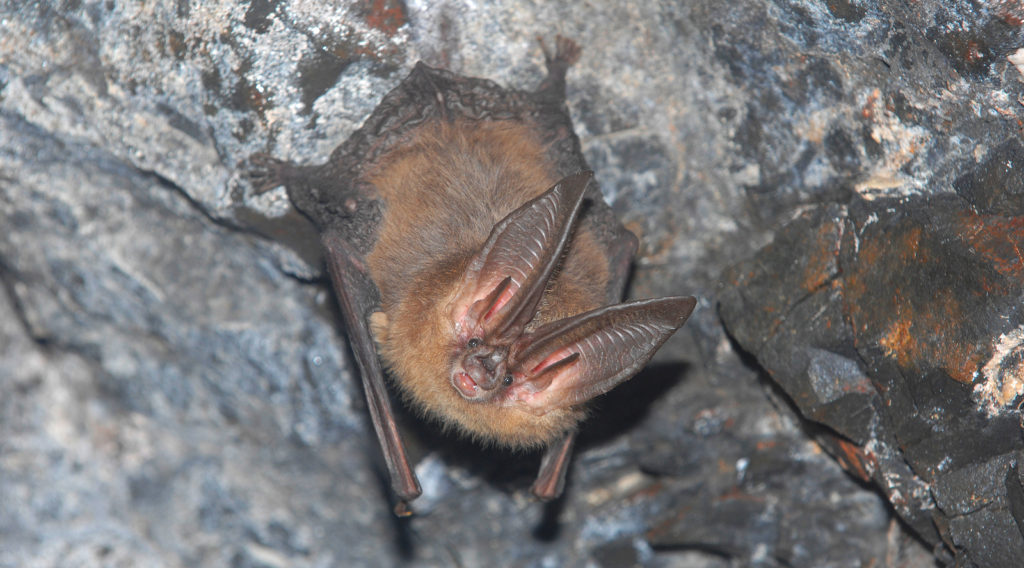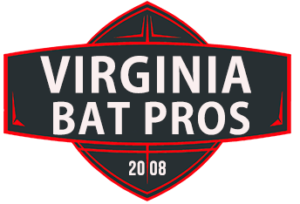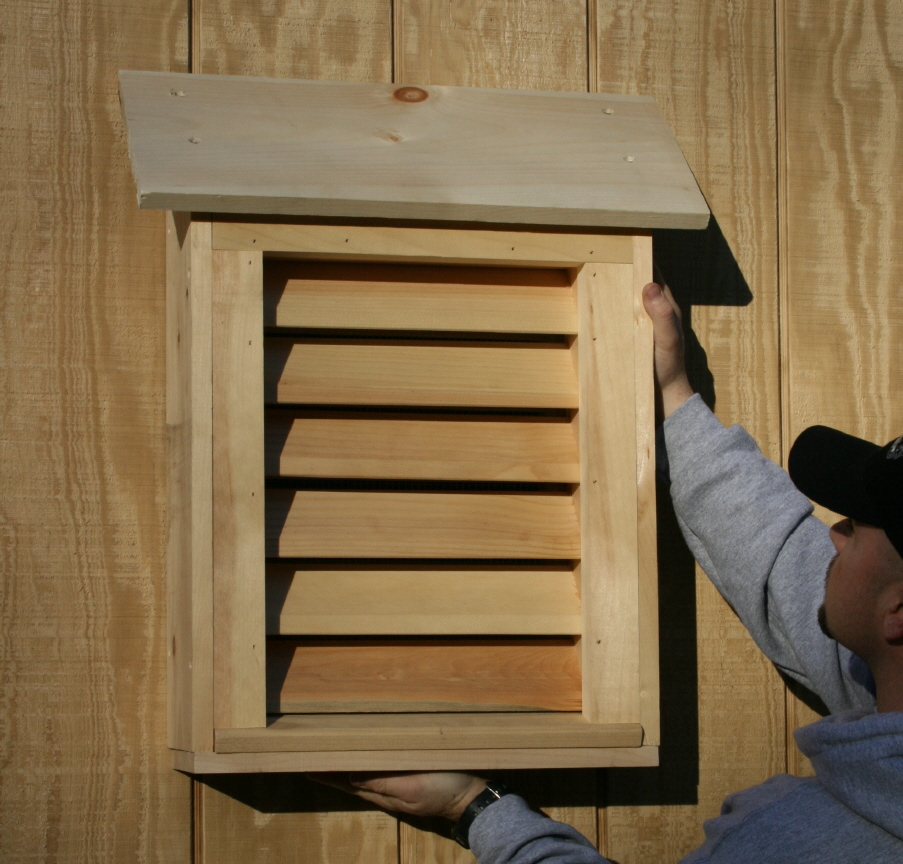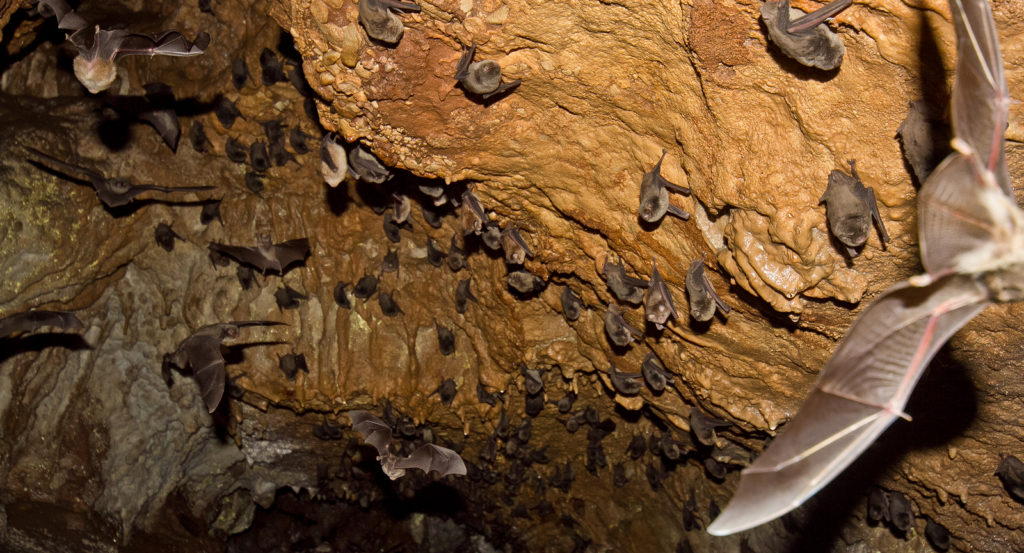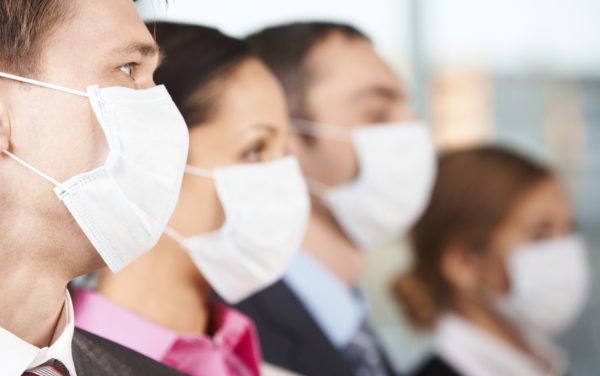Here in Virginia, there are 16 known bat-species. Of these numbers, 3 in particular are listed as Federally-endangered by the U.S. Fish and Wildlife Service, and therefore, protected under the Endangered Species Act. Continue reading to learn more about this species, and what you can do to help support their preservation.
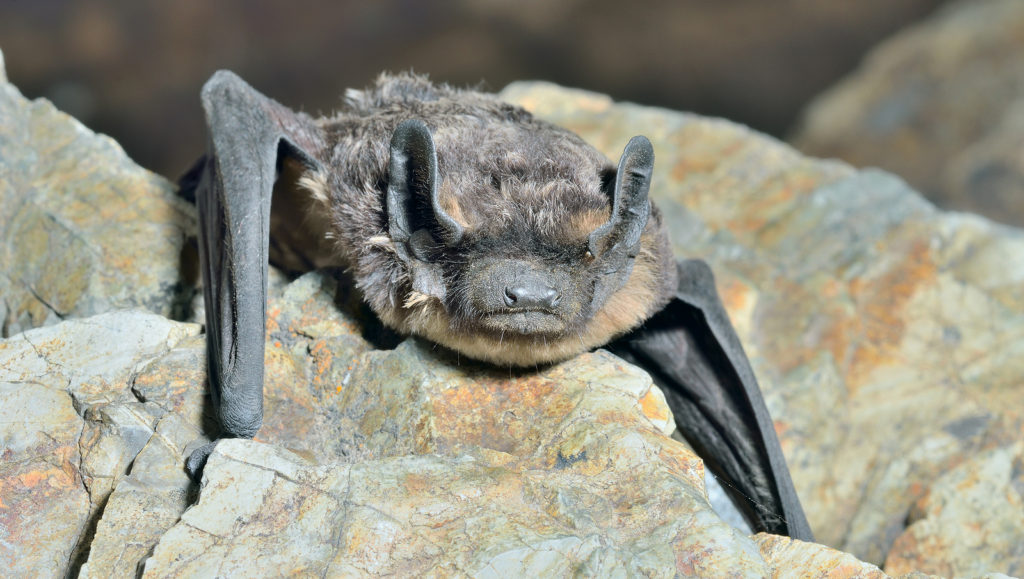
The Endangered Species Act
The 3 Federally-endangered species that are protected under the Endangered Species Act include the Gray Bat, Indiana bat, and the Virginia Big-Eared bat. Under this act, it is a Federal offense (also known as a felony) to “harass, harm, pursue, hunt, shoot, wound, kill, trap, capture, or collect, or to attempt to engage in any such conduct” any endangered or threatened species. This citation comes straight from the Endangered Species Act. Read our blog, “State Laws Surrounding Wild Bats” to learn about the laws that govern non-endangered bats. For now, here is a brief explanation of each Federally-endangered bat species found here in Virginia:
Gray Bat
The Gray bat is part of the Animalia kingdom, Chordata phylum, Mammalia class, and Chiroptera order. Their scientific name, Myotis grisescens, is derived from their genus (Myotis), and species (M. grisescens). Since 1976, they have also listed as federally endangered by the U.S. Fish and Wildlife Service. When initially placed on the list, there were an estimated 2 million; and through successful conservation efforts, they are now estimated to be around 2.3 million and counting.
Indiana Bat
The Gray bat is part of the Animalia kingdom, Chordata phylum, Mammalia class, and Chiroptera order. Their scientific name, Myotis sodalis, is derived from their genus (Myotis), and species (M. sodalis). Although this species was initially added to the list in 1967, according to the U.S. Fish and Wildlife Service, decline rates of these populations have been estimated to be more than 50% over the past 10 years. They are also protected by the Federal Cave Resources Protection Act.
Virginia Big-Eared Bat
The Virginia Big-Eared bat is part of the Animalia kingdom, Chordata phylum, Mammalia class, and Chiroptera order. Their scientific name, Corynorhinus townsendii virginianus, is derived from their genus (Corynorhinus), species (C. townsendii), and subspecies (C. t. virginianus). As evident in their scientific classification, this species is one of two endangered subspecies of the Townsend’s big-eared bat. Read our blog, “Get to Know Our State Bat” to learn details about their range, habitat, diet, and more.
In Virginia, the Rafinesque Big-eared Bat (also known as the Southeastern Big-eared Bat) is state-endangered. We will discuss this more in our next blog, so be sure to check back soon!
Bat Threats
Right now, the biggest threat to these endangered bat populations is a fatal disease known as White Nose Syndrome. Read our blog, “Facts About White-Nose Syndrome and Bats” to learn more. Aside from this disease, additional threats include over-development of land, wildlife habitat destruction, and illegal hunting. There are many reasons to support local bat populations, regardless if they are endangered or not. That is because bats provide us with so many advantages. Read our blog, “How to Safely Support Local Bat Colonies” to learn how you can do your part to encourage bat conservation.
Where to Get Licensed Bat Removal in Virginia
Contact Virginia Bat Pros at 804-729-9097 for safe and humane bat removal and control at a fair price. Regardless of the size or scope of your bat abatement and cleanup needs, we have the experience and resources necessary to remedy your bat problem in no time at all. Our professionals are focused on safe and effective results, but more importantly, our client’s complete satisfaction. Contact us anytime for free estimates, advice, and assistance.


